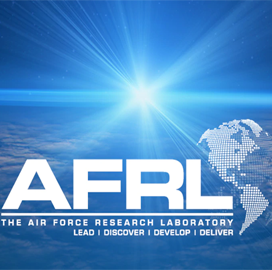The National Cybersecurity Center of Excellence (NCCoE) has unveiled the final version of its white paper on post-quantum cryptography. The white paper sheds light on the challenges related to the adoption of post-quantum cryptographic algorithms once the new standards for using them are developed, the National Institute of Standards and Technology’s NCCoE said Wednesday.
The document also discusses the impact of quantum computing on classical cryptography, specifically on public-key cryptographic systems, planning requirements for migration to post-quantum cryptography and NIST’s next steps to help facilitate the migration.
Government and industry stakeholders use cryptographic technologies to validate the source and safeguard the integrity and confidentiality of data. However, the development and implementation of standards and infrastructures to support the adoption of new post-quantum cryptographic algorithms could take years to complete.







